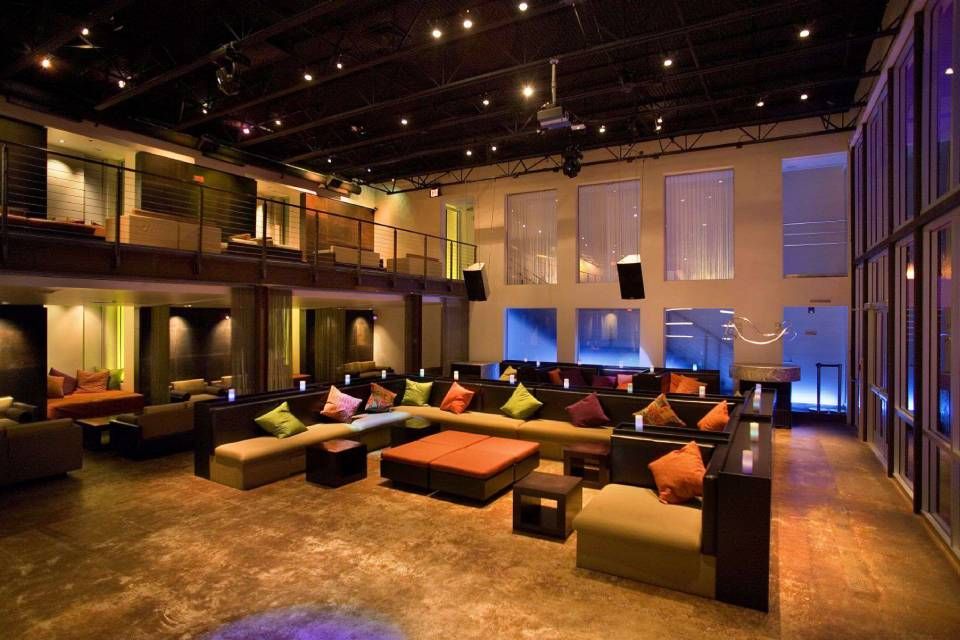Highlighting the Influence of Lighting Circumstances on Motion Detection Accuracy and Reliability
Highlighting the Influence of Lighting Circumstances on Motion Detection Accuracy and Reliability
Blog Article
Illumination environments play a significant impact in the way effectively we can detect motion. Movement detection is a key aspect of various systems, such as security cameras, automated lighting systems, and even certain gaming applications. Understanding how different illumination conditions affect our ability to perceive movement can help enhance the development and effectiveness of these systems. For example, inadequate illumination might lead to missed movements or false alerts, while ideal lighting can enhance the accuracy of movement detection systems.
In well-lit illumination conditions, movement detection is generally more reliable. When there is sufficient light, sensors and cameras can obtain clearer pictures, which assists in identifying moving elements. Bright conditions allow for better distinction between the dynamic element and the background. This differentiation is essential for both human observers and mechanical technologies, as it makes it simpler to differentiate between static and dynamic objects in a scene. Therefore, making sure that areas are adequately illuminated can greatly improve the effectiveness of movement detection systems.
Conversely, low-light environments can pose difficulties for motion detection. In dim settings, shadows can hide moving elements, making them difficult to perceive. Additionally, the human eye faces challenges to detect movement in dim conditions, which can result in misunderstanding of what is happening in the surroundings. Cameras might also encounter challenges, as many do not perform well in low light without the use of infrared technology or alternative enhancements. These restrictions highlight the significance of sufficient lighting in environments where motion detection visit this site right here is essential.
Additionally, different types of illumination can have varying effects on movement detection. For example, fluorescent lights can flash, which might mislead movement detection systems that depend on consistent illumination input. On the contrary, daylight provides a consistent source of lighting that enhances clarity. Understanding these differences in lighting types can assist users in selecting the most appropriate illumination for specific applications, especially in surveillance and surveillance situations.
In summary, the relationship between lighting conditions and motion detection precision is important. By making sure that environments are appropriately lit, we can enhance the dependability of movement detection technologies. This knowledge not only supports technological applications but also improves security and safety in multiple environments. As further advancements are made in motion detection technology, taking into account lighting conditions will remain a crucial factor in this post enhancing effectiveness and guaranteeing that these technologies function properly in various conditions.